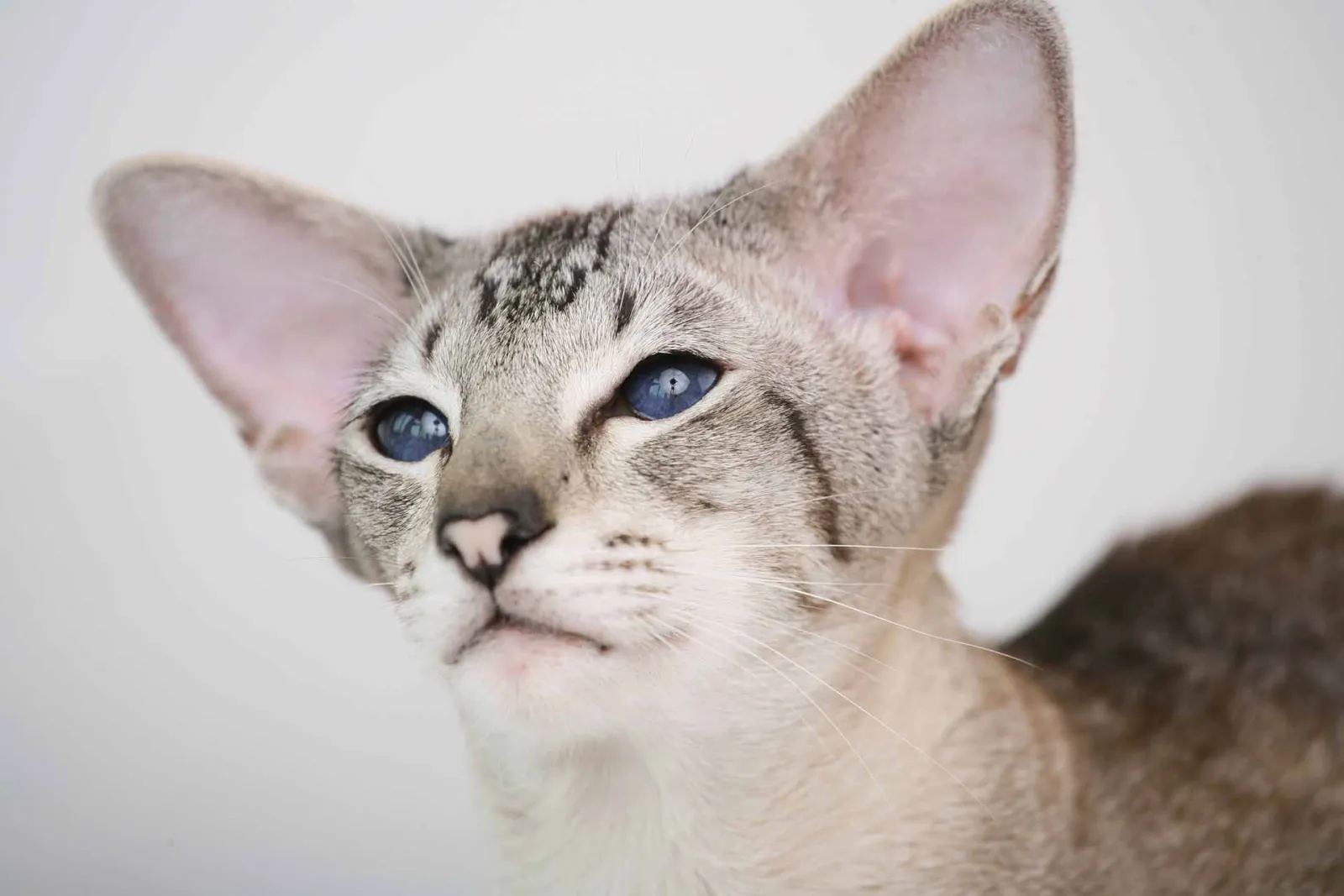What Are the Signs, Diagnosis and Treatment for Inflammatory Ear Polyps in Cats
Identifying, Diagnosing, and Treating Inflammatory Ear Polyps in Cats
- Signs like head shaking, ear discharge, and breathing difficulties may indicate feline ear polyps.
- Bulla osteotomy is a common surgical option for removing ear polyps and preventing recurrence.
- Seek expert care from Forever Vets for thorough diagnosis and treatment of ear polyps.
Inflammatory ear polyps are non-cancerous growths that can develop in a cat's middle ear, Eustachian tube, or ear canal. These polyps can cause a variety of symptoms in cats, leading to discomfort, hearing loss, and even more serious complications if left untreated. This article will discuss the signs, diagnosis, and treatment options for feline ear polyps, ensuring pet owners understand how to help their cats recover from this condition.

What Are Inflammatory Ear Polyps?
Inflammatory ear polyps, also known as nasopharyngeal polyps, are benign growths that typically arise in the middle ear or the Eustachian tube of cats. While the exact cause is not always clear, polyps are usually linked to chronic inflammation, infections, or a genetic predisposition. Polyps are more common in young cats, but older cats can develop them as well.
Because the polyps are non-cancerous, they do not spread to other areas. However, they can grow larger and obstruct parts of the ear or respiratory system, leading to secondary issues. In some cases, polyps may extend into the ear canal, causing visible swelling and other symptoms.
Signs and Symptoms of Feline Ear Polyps
Recognizing the symptoms of feline ear polyps is crucial for early diagnosis and treatment. Some common signs that your cat may have ear polyps include:
- Head shaking or tilting: A cat with ear polyps may frequently shake its head or hold its head at an odd angle due to the discomfort caused by the growths.
- Ear discharge: An affected ear may produce a discharge that could be clear, yellowish, or bloody. It may also have a foul odor.
- Hearing loss: If the polyps are large enough to obstruct the ear canal, they can lead to partial or complete hearing loss.
- Respiratory issues: In cases where the polyps extend into the Eustachian tube, cats may have difficulty breathing, sneezing, or coughing.
- Pawing at the ear or face: The discomfort may cause a cat to paw at its ear or face more frequently than usual.
If you notice any of these signs, it's essential to schedule an appointment with your veterinarian for a proper diagnosis.
Diagnosis of Feline Ear Polyps
To diagnose feline ear polyps, your veterinarian will typically start with a physical exam, checking for visible signs of polyps in the ear canal or throat. They may use an otoscope to inspect the ear or a nasopharyngoscope to examine the back of the throat and Eustachian tube. If the polyps are not visible externally, further imaging, such as X-rays, CT scans, or MRIs, may be needed to determine the size and location of the polyps inside the ear or Eustachian tube.
In some cases, veterinarians may recommend taking a tissue sample or biopsy of the polyp to rule out any underlying infections or more serious conditions.
Treatment Options for Feline Ear Polyps
The treatment for feline ear polyps depends on the size and location of the polyp. There are both non-surgical and surgical options available, although surgery is often the most effective way to ensure that the polyp is completely removed and does not grow back.
Non-Surgical Treatment
For small or easily accessible polyps, veterinarians may attempt to remove the growth using traction or medical management. This involves using a tool to gently pull the polyp from the ear or throat. However, this method may not always remove the entire polyp, and there is a higher chance of recurrence.
Bulla Osteotomy Surgery
For polyps that are large, deep within the ear, or recurring, a bulla osteotomy is often recommended. This is a surgical procedure in which the veterinarian creates an opening in the bony area of the middle ear (called the bulla) to fully access and remove the polyp. Bulla osteotomy is generally the preferred option because it allows for a more complete removal of the polyp and any associated tissue that may cause future inflammation or regrowth.
After the procedure, your veterinarian will monitor your cat closely to ensure they recover without complications. Cats typically recover well from a bulla osteotomy, although they may require pain management and antibiotics to prevent infection. At Forever Vets, our veterinary surgeons are experienced in performing bulla osteotomies and other procedures that ensure your cat's best possible outcome.
Prognosis and Recovery
The prognosis for cats with ear polyps is generally good, especially if the polyps are detected and treated early. Cats who undergo surgical removal, particularly a bulla osteotomy, tend to recover quickly and have a low risk of recurrence. However, without treatment, feline ear polyps can grow larger, causing chronic discomfort and possibly leading to complications such as chronic ear infections, permanent hearing loss, or damage to the ear structures.
When to Seek Veterinary Care
If you suspect your cat may have feline ear polyps, it's important to seek veterinary care promptly. Early diagnosis and treatment are key to preventing more serious complications. If you're concerned about your cat's ear health or notice any of the symptoms mentioned above, contact Forever Vets to schedule an appointment. Our experienced veterinarians can assess your cat's condition and recommend the best course of action to keep your pet healthy and comfortable.


